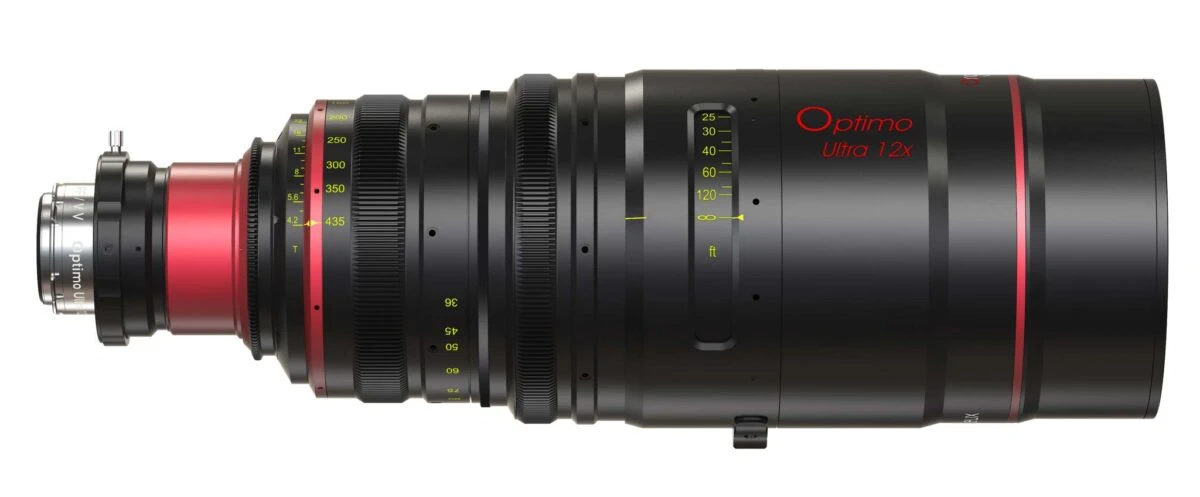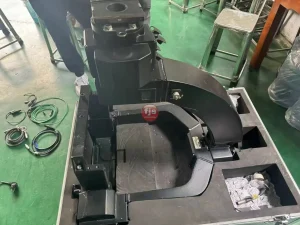Introduction:
When it comes to cinematography, one of the key elements that can make or break a film is the choice of lens. While many people are familiar with lenses used in photography, cinema lenses have unique features that set them apart. In this post, we will explore what makes cinema lenses different from other lenses, with a focus on their impact on image quality and the overall cinematic experience.

Key Features and Benefits of Cinema Lenses:
- Larger Image Circle: Cinema lenses are specifically designed to cover larger image sensors, such as those found in professional cinema cameras. This larger image circle allows for a wider field of view and minimizes the risk of vignetting, ensuring that every frame captures the full extent of the scene.
- Consistent T-Stop: Unlike photography lenses, which are typically measured in f-stops, cinema lenses are rated using the T-stop system. T-stop accounts for light transmission efficiency, providing a more accurate measurement of the actual amount of light reaching the camera sensor. This consistency is crucial in maintaining a balanced exposure throughout a film.
- Manual Focus and Iris Control: Cinema lenses prioritize manual control over autofocus, allowing filmmakers to have precise control over focus and depth of field. Additionally, cinema lenses feature manual iris control, which enables smooth adjustments of exposure during a shot. This level of control allows cinematographers to create intentional and visually captivating effects.
- Robust Build Quality: Cinema lenses are built to withstand the demands of professional filmmaking. They are crafted with durable materials, often featuring metal housings, which not only protect the internal optics but also provide the necessary stability for precise manual adjustments. This durability ensures that cinema lenses can withstand the rigors of production and remain reliable over time.
- Enhanced Optical Performance: Image quality is of utmost importance in cinematography, and cinema lenses are designed to deliver exceptional optical performance. These lenses often feature specialized coatings and lens elements that minimize aberrations, distortion, and color fringing. The result is sharper and more detailed images, with improved contrast and color reproduction.
Questions and Answers:
- What is the main difference between cinema lenses and photography lenses?
Cinema lenses are designed specifically for cinematography, with features like a larger image circle, consistent T-stops, manual focus and iris control, and robust build quality, which sets them apart from photography lenses. - Why is a larger image circle important in cinema lenses?
A larger image circle allows for a wider field of view and minimizes the risk of vignetting, ensuring that every frame captures the full extent of the scene. - What is the advantage of using manual focus and iris control in cinema lenses?
Manual focus and iris control provide filmmakers with precise control over focus, depth of field, and exposure, allowing them to create intentional and visually captivating effects. - Why are cinema lenses built with robust build quality?
Cinema lenses are built to withstand the demands of professional filmmaking. The robust build quality ensures durability and stability, allowing cinematographers to make precise manual adjustments and ensuring long-term reliability. - How do cinema lenses enhance optical performance?
Cinema lenses feature specialized coatings and lens elements that minimize aberrations, distortion, and color fringing, resulting in sharper and more detailed images, improved contrast, and accurate color reproduction.
Conclusion:
Cinema lenses offer a range of unique features and benefits that set them apart from other lenses. Their larger image circle, consistent T-stop system, manual controls, robust build quality, and enhanced optical performance all contribute to the creation of visually stunning and captivating films. By understanding the differences between cinema lenses and other lenses, filmmakers can make informed choices that will elevate their cinematography and enhance the overall cinematic experience.







